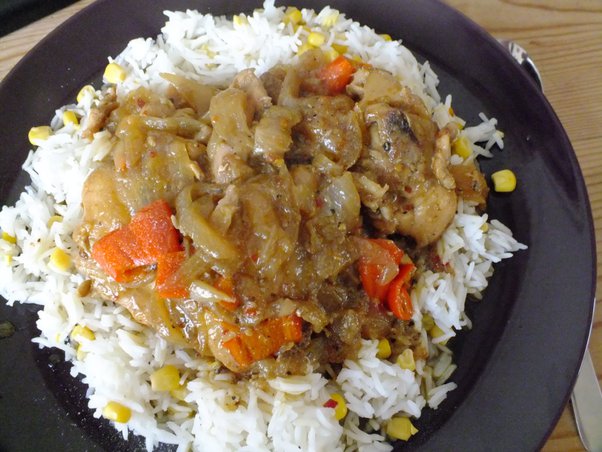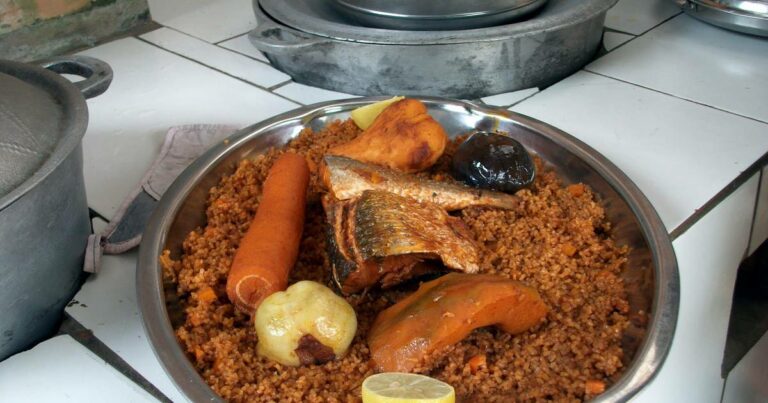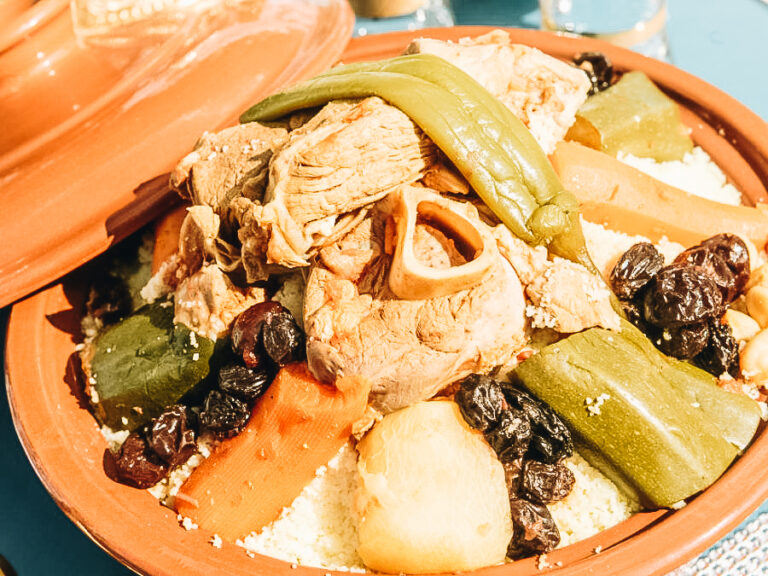Introduction: Vegetarianism in Gambia
Vegetarianism is not a common practice in Gambia, with the majority of the population consuming meat as a staple in their diets. However, there is a growing trend towards a plant-based lifestyle in the country, with an increasing number of people adopting vegetarianism for health, ethical, or environmental reasons.
As a result, there is a growing demand for vegetarian options in Gambian cuisine. While it may be challenging to find vegetarian dishes in traditional Gambian restaurants, there are several vegetarian-friendly options available, as well as a number of specialized vegetarian restaurants.
Gambian Staples: Vegetarian or Not?
A typical Gambian meal is centered around a grain-based staple, such as rice, millet, or couscous, and is often accompanied by a meat or fish dish, as well as a variety of vegetables and sauces. While most traditional Gambian dishes contain meat or fish, there are a few vegetarian options available.
One of the most popular vegetarian staples in Gambia is the peanut, which is often used as a base for sauces and stews. Other common vegetarian ingredients in Gambian cuisine include okra, eggplant, cassava, and sweet potatoes.
Vegetarian-Friendly Gambian Dishes
While most traditional Gambian dishes contain meat or fish, there are a few vegetarian-friendly options available. One popular vegetarian dish is Domoda, a peanut stew made with vegetables such as sweet potatoes, carrots, and cabbage. Other vegetarian-friendly dishes include Mbahal, a spinach and peanut dish, and Yassa, a dish made with onions, peppers, and lemon juice.
In addition, many traditional dishes can be adapted to be vegetarian-friendly by simply removing the meat or fish component. For example, the popular dish Benachin, a rice-based one-pot meal, can be made vegetarian by substituting the meat with vegetables or tofu.
Common Vegetarian Ingredients in Gambian Cuisine
As previously mentioned, peanut-based sauces and stews are a staple in Gambian cuisine, and are often used as a base for vegetarian dishes. Other common vegetarian ingredients include vegetables such as okra, eggplant, and cassava, as well as legumes such as lentils and black-eyed peas.
In addition, a variety of herbs and spices are used to flavor Gambian dishes, including ginger, garlic, chili peppers, coriander, and cumin.
Vegetarian Restaurants in The Gambia
While traditional Gambian restaurants may not always have vegetarian options available, there are several specialized vegetarian restaurants located in the country. One of the most popular is the Green Mamba Garden Cafe, which serves a variety of vegetarian and vegan dishes made with local ingredients.
Another popular spot is the Bliss Vegetarian Cafe, which offers a range of plant-based dishes including salads, soups, and sandwiches.
Challenges for Vegetarians in Gambian Cuisine
Despite the growing popularity of vegetarianism in Gambia, there are still a few challenges for vegetarians looking to dine out. Many traditional Gambian restaurants do not have vegetarian options on their menus, and may not be willing to modify dishes to accommodate vegetarian diets.
In addition, there is a lack of awareness about vegetarianism in some parts of the country, which may lead to misunderstandings or confusion about what constitutes a vegetarian diet.
Despite these challenges, there are still plenty of vegetarian-friendly options available in Gambia, and with a little bit of planning and research, vegetarians can enjoy the flavors and diversity of Gambian cuisine.










